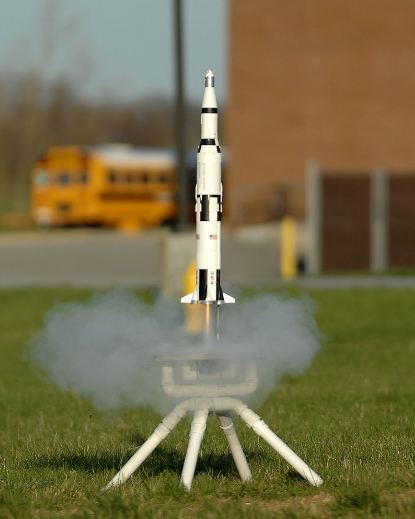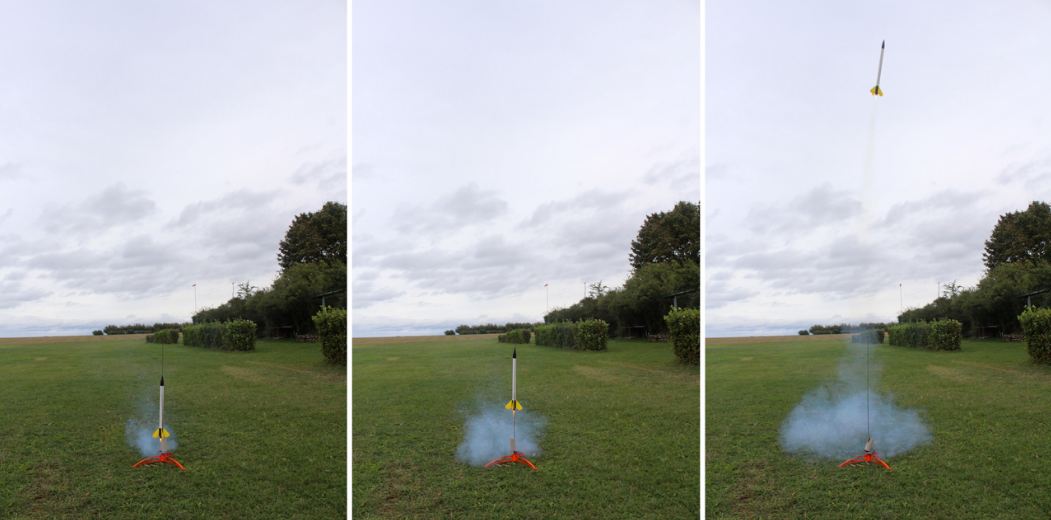Modern Rocketry is a widespread and safe hobby. It features a miniature rocket that was made after years of experimentations and researches. Also, this rocket is made out of lightweight materials like wood, plastic, and paper designed to reach low altitudes of about 330 to 1,640 feet. Initially, the rocket model was created by a pyrotechnics expert named Orville Carlisle back in 1954. He crafted the invention together with his brother, Robert Carlisle, who was a model airplane enthusiast. The rocket was made to use in lectures about the principles of rocket-powered flight.
Subsequently, in the year 1957, after the launch of Sputnik, an artificial Earth satellite, many young people have tried making their own rocket. Orville had read several articles about the safety problems and tragic results of those who made their own rocket engines. In fact, some of the attempts were dramatized in the 1999 biographical drama, October Sky, directed by Joe Johnston. With that, Carlisle Brothers decided to market their invention for a safer rocket launching hobby. They sent rocket samples to a safety officer at White Sands Missile Range, who had devised a safety handbook for the model rocket.
Furthermore, founders of rocket productions like G. Harry Stine and Vernon Estes had helped to ensure the safe use of model rockets. In fact, these individuals had helped in publishing the Model Rocket Safety Codes. These safety codes contain the list of guidelines that is mandatory for the National Association of Rocketry members or NAR. The guidelines were inspired due to the development of the hobby in the 1950s and 1960s. With that, the NAR had successfully sued the BATFE (Bureau of Alcohol, Tobacco, Firearms, and Explosives over the use of Ammonium Perchlorate Composite Propellant in high-power rocket motors.
Later on, the first model rocket company in America was opened in Colorado. Competitors then started to emerge in the 1960s to 1980s, offering discounts to help grow the hobby. In the following years, as the advent of high-power Rocketry had begun, several companies have released more powerful rockets. However, problems like the CATOs or catastrophes at take-off had occasionally occurred with reloadable motors. Nowadays, companies like Cesaroni, Rouse-Tech, Loki, and Aerotech have standardized the set of common reload sizes to create flexibility in reloading selections and hardware.
What are the Parts of a Model Rocket?
As was aforementioned, these model rockets are safe and inexpensive for those who wanted to learn the introductory lesson about force. This is relatively helpful for the students, as well as for those who wanted to have a new hobby. Since this rocket requires effort to assemble, one must know its parts in order to perfectly built it. Below are the components of a single-stage model rocket.
Body: The body of the rocket model is usually made out of cardboard tubes. This tube contains the internal parts of the rocket, such as the shock cord, recovery wadding, Removable solid rocket engine, parachute, and engine mount.
Fins: Fins are attached at the bottom part of the rocket. It is usually made out of balsa wood or plastic that gives stability to the rocket during the flight.
Nose Cone: This part of the rocket can be made of plastic or wood, much like the materials used in creating the fins. It is inserted at the top of the body tube before the flight.
Shock Cord: The shock cord is connected to the nose cone and the body to keep all the rocket parts together during the recovery.
Launch Lugs: These are small tubes or straws that are attached to the rocket’s body. It is inserted into the body tube to give stability to the rocket during its launch.
Recovery Wadding: This part is usually inserted between the recovery system and engine mount in order to prevent the hot gas of ejection charge from damaging the rocket’s recovery system.
Parachute: Also known as a streamer, it is made out of a thin sheet of plastic. The parachute is deployed by the rocket engine, which pushes it out of the body tube. It is designed to pop out of the nose cone for a soft landing.

